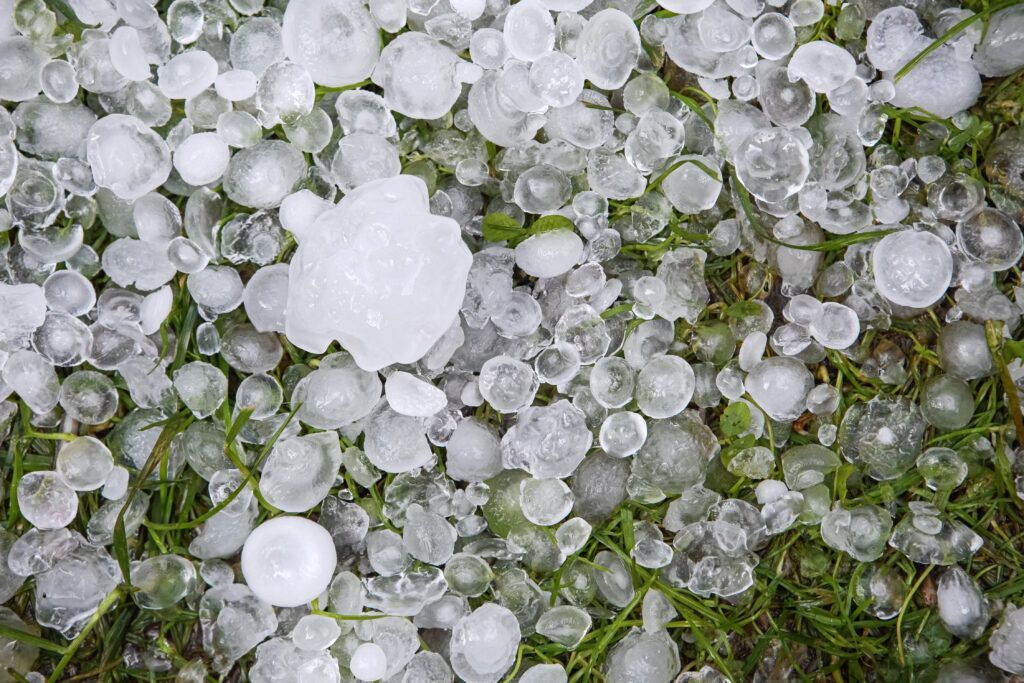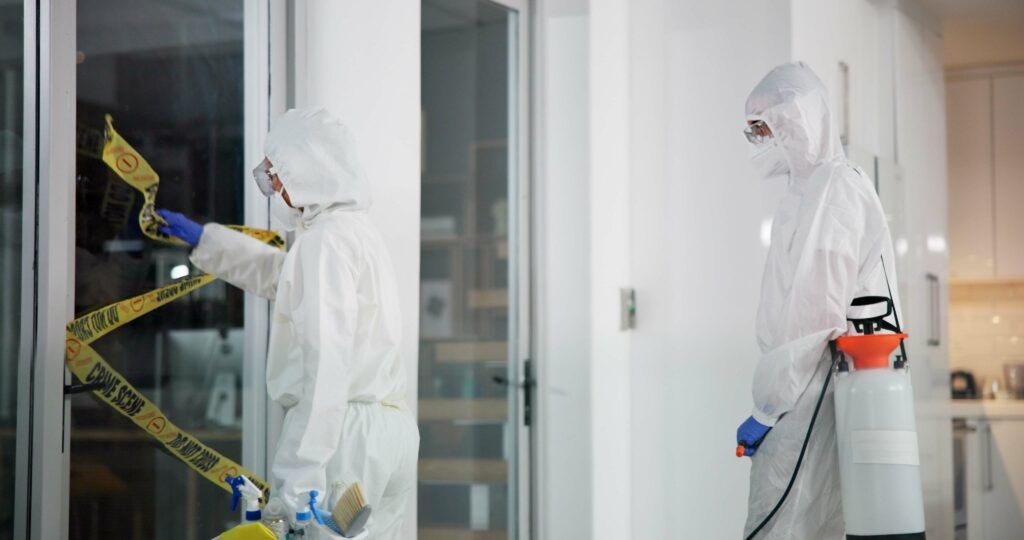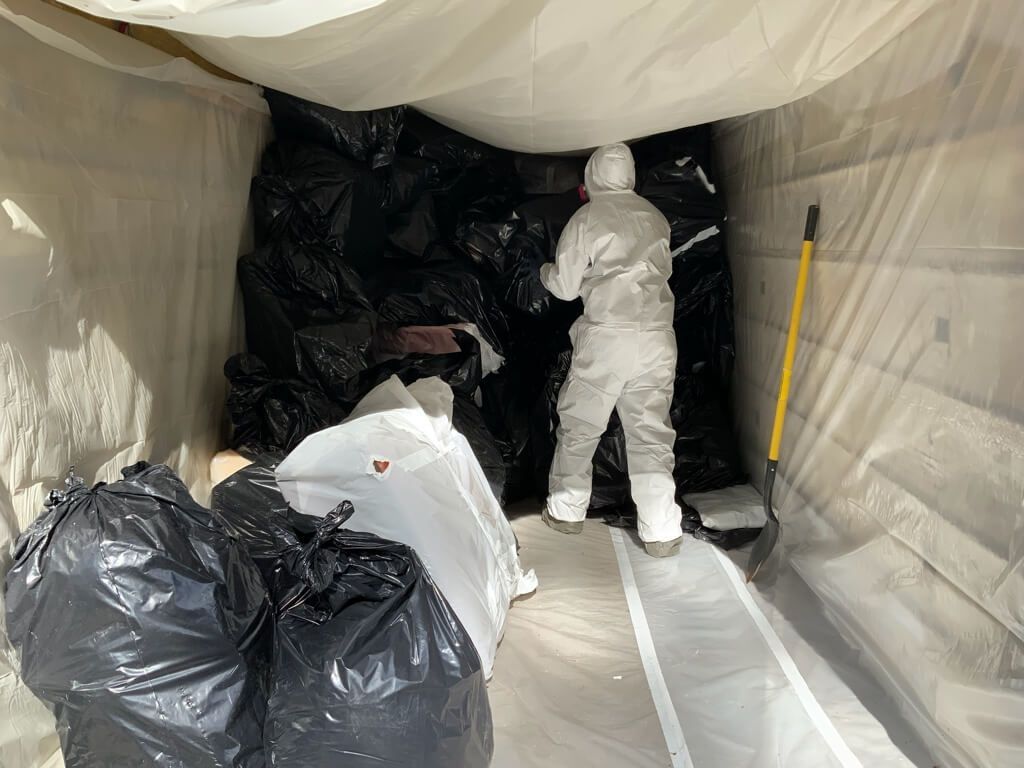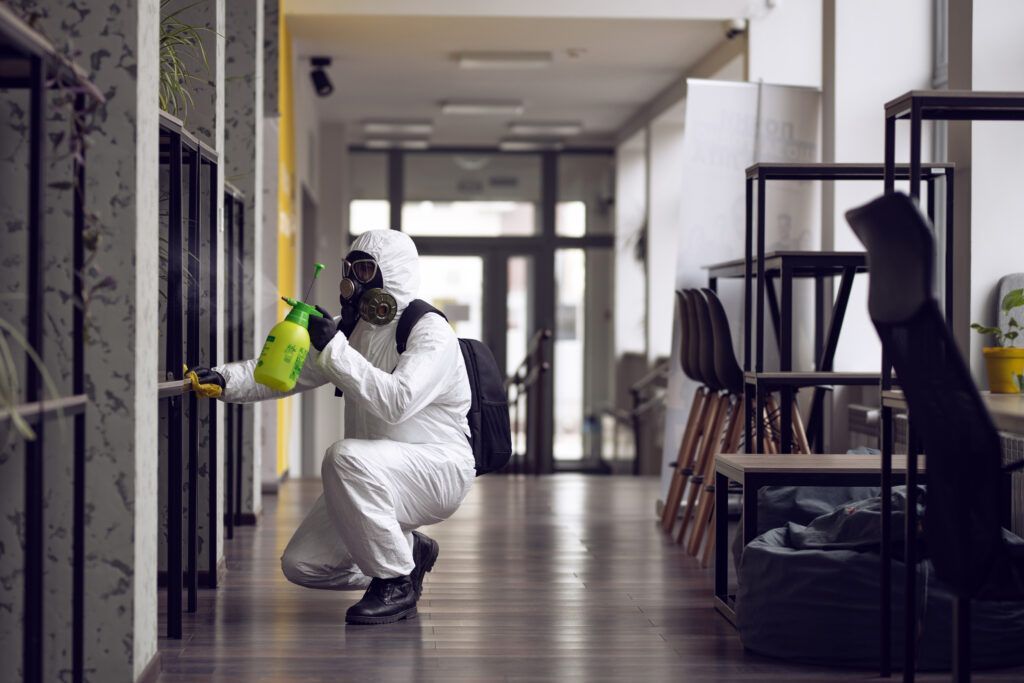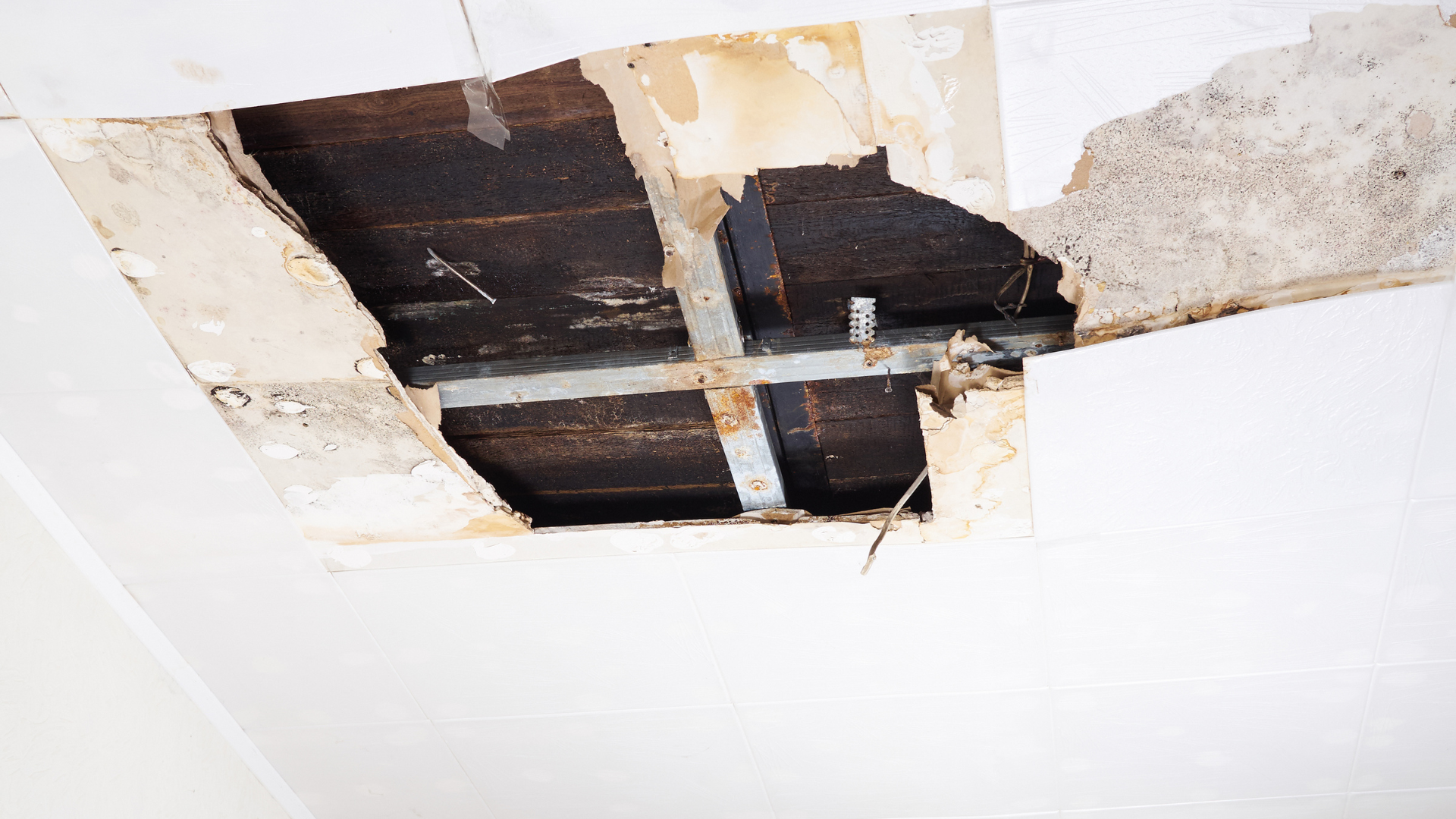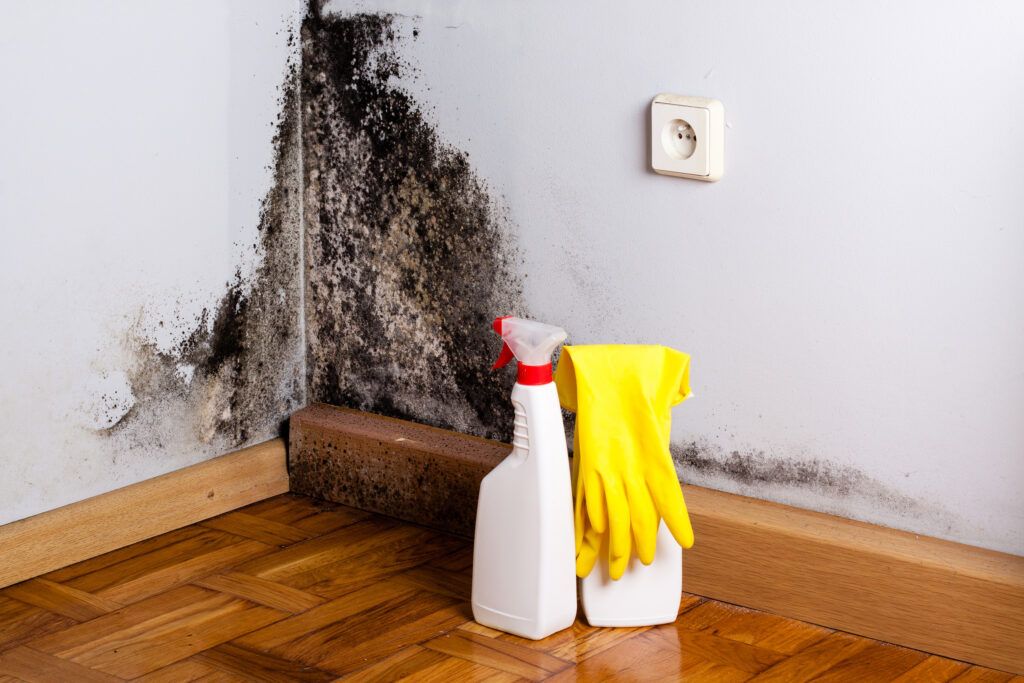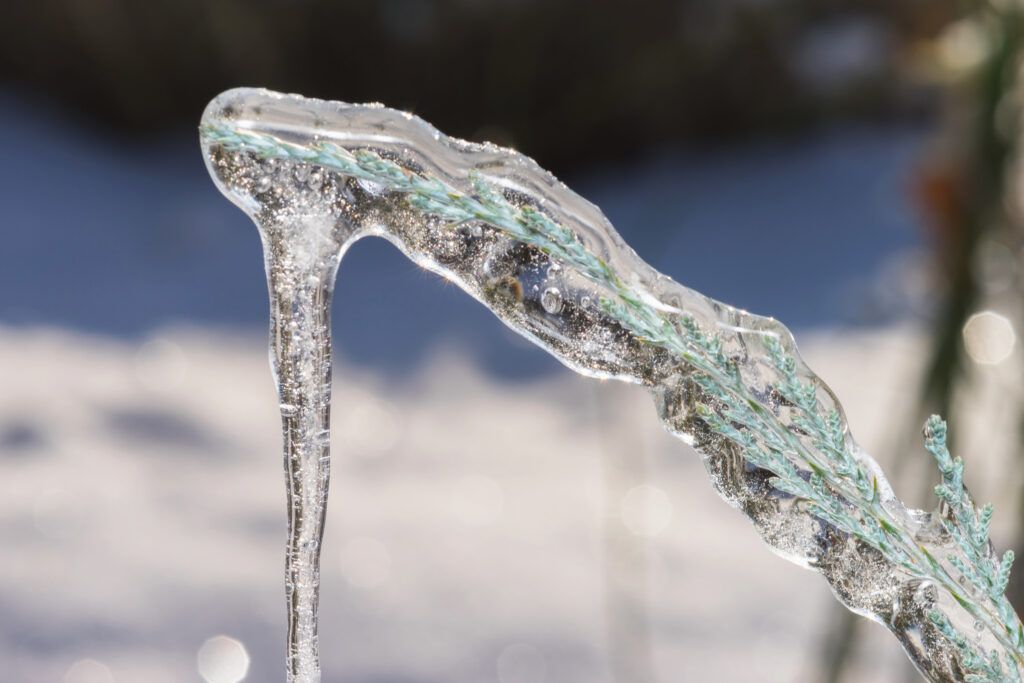How To Stop Roof Leaks In Heavy Rain
There are many reasons that roofs and ceilings leak during heavy rain.
Past weather events may have damaged or removed your shingles, you may have clogged gutters, holes may have developed in your roof, or your roof may be at its expiration point. Leaky ceilings may have some of the same causes as leaky roofs and burst or leaky plumbing pipes is another factor in ceiling leaks.
If you have a leaky roof or ceiling, there are a few things you can do in the meantime. If you live in an area where precipitation is common and your roof is leaking, you can place a tarp on top of your roof. If the leak is in your home's plumbing, find the main water valve shut-off valve to stop the flow of water. Make sure to collect as much water as you can with buckets and mop up the excess. HRS Restoration Services is your go-to when your roof leaks in heavy rain or when your plumbing goes kaput.
We're water damage restoration experts in Denver with the training and experience to fix leaks and repair the damage they caused. Our customers rave about our professionalism and attention to detail. When a leak happens at home or at your business, we're only a quick call away.
What Causes Water To Leak Through Ceiling During A Storm?
If a storm causes a ceiling leak from rain, the culprit is likely a hole in your roof. If you can access the attic, look for holes, gaps, and any other openings.
If the hole in your roof is not patched right away, and it can't be done during a storm, water will accumulate and end up seeping through the attic floor into the rest of the house.
What To Do In The Event Of A Leak
Even if you don't know how to stop a roof leak in the rain, you can take steps if rainwater is dripping through the ceiling to minimize the damage to your home. First, try and protect your home's interior and contents.
Next, search for the source of the leak in the ceiling when it rains. After you search for the source of the leak, inspect your home's attic. Finally, assess the damage the leak has caused. Below, we cover these steps in more detail.
Protect Your Home's Interior
As soon as you notice that your roof or ceiling is leaking, find as many buckets, bowls, or large containers to collect as much of the rainwater as possible.
If you can divert the water from your floors and furnishings, you can minimize the damage or avoid having to replace them later. If you are able to, move valuable or sentimental items to an unaffected room.
Remember to cut power to the room in case the water could come into contact with any electrical outlets. Try to dry any pooled water from floors and carpet and if you can do so safely, run a fan to help dry out fabric and carpets.
Investigate The Source Of The Leak
Next, you need to investigate where the rainwater is entering your home. It could be through a skylight, a hole in your roof, or through the soffit.
The more you know about where the water is coming in, the better able you are to relay this information to a water damage professional. Telltale things to make note of are decaying seals and cracked shingles.
Take A Look In The Attic
If you need to know how to stop a roof leak in the rain, access your attic area to find the water's point of entry. We do not recommend walking out onto your roof, which is dangerous and could result in body damage in addition to the water damage you already have.
Assess The Damage
When you take time to assess the damage, you'll know whether mold has developed inside your house. Mold can grow within 24-48 hours after a water event. You may also be able to understand how much of your home was affected and which areas you may be able to seal off from the rest of the home.
Dangers Of Water Damage
If your ceiling is leaking water when it rains, the damage to your home could be devastating. Depending on the severity of the rainstorm and the length of time it lasted, you may end up with mold spores, warped walls, and floors, a fried electrical system, damage to your home's foundation, or stains on walls and floors. Below we address the dangers of water damage in more detail.
Mold
Mold spores can grow within 24 to 48 hours after a water incident. Mold spores can lead to itchy, red, watery eyes, sneezing, coughing, and breaking out in a rash. If someone has an existing respiratory illness, the health effects are especially severe.
Mold can develop within your walls and underneath your floors if water enters your home during a rainstorm so you may not be able to detect its presence based on sight alone.
Damage To Flooring & Drywall
A water event can quickly cause bulging drywall and warped floors since both are porous surfaces. Water damage may also be seen in circular watermarks on your floors and drywall.
The more weather that has seeped in the more likely it is that the structural integrity of your walls and floors is compromised. If water has saturated your carpets, mold will quickly develop and it will be especially difficult to restore them to their pre-water damaged state.
Damaged Electrical Systems
If rainwater comes into contact with electrical outlets, wiring, or electrical boxes, your entire electrical system is at risk of short-circuiting, which may lead to electrocution or fire.
Damaged Concrete Or Brick
If the concrete or brick in your home is not properly water sealed, the excess rainwater may penetrate the surface and result in crumbling concrete or brick. If this affects your home's foundation, the repairs will be especially time-consuming and costly.
Permanent Staining On Walls & Floors
Water can leave behind stains on your walls and flooring. If you have carpet, you may need to replace it. If your flooring is hardwood, you may be able to sand down the stained area, but if the water damage is too steeped in, you may also need to replace the affected wood.
Stains on ceilings and floors may disappear with enough paint but sometimes even paint won't cover up the storm's damage. Any time your home's interior is damaged it will affect the value of your home.
What Is Water Damage Restoration & Mitigation
Water damage mitigation is a process that describes the steps you take to minimize water damage to your home. It includes containing the incoming water, drying out your home's interior, and removing any waterlogged items.
Meanwhile, water damage restoration is the process where the home is restored to its pre-incident state. Water damage restoration may include making structural repairs to walls and flooring.
According to the FEMA guidelines for dealing with flood damage , proper water damage restoration should begin within 24-48 hours to prevent mold growth and minimize long-term structural damage.
When To Call A Professional
While you may be able to patch small holes in your ceiling or roof, a professional water damage restoration company will be able to remove mold, repair affected electric systems, and carry out structural repairs if the damage to your home was severe.
We can patch roof leaks, detect mold deep within your flooring and walls and repair or replace affected surfaces. We're a full-service company that handles plumbing, electrical, construction, water mitigation, and any necessary repairs.
The EPA recommends professional assessment when water damage affects more than 10 square feet or when dealing with contaminated water, as improper cleanup can lead to serious health hazards and structural problems.
Why Choose HRS Restoration Services?
HRS Restoration Services should be your first call for water removal and extraction in Denver. Our water mitigation professionals are trained, certified, and experienced to handle whatever life throws, or rains, on you. We're proud of our A+ rating with the BBB and plan on keeping it for many more decades to come.
Our Process
HRS Restoration Services has a tried and true process when responding to water damage situations. The first step in the process is water removal. The second step involves assessing the damage and taking steps to lessen it. Finally, HRS will make necessary repairs to get your home or office back to its pre-incident state.
Water Removal
Our water removal experts will inspect the flooring, including underneath the carpet pad.
Our truck-mounted extractor removes water using suction and our water claw extraction head can compress carpeting to squeeze out water that has seeped in. We inspect all areas, especially where water likes to hide and make sure the area is dry.
Damage Evaluation & Mitigation
Following water removal, our team of water damage professionals will ensure the area is dried and sanitized. We also remove any debris, belongings, and building materials. We provide content restoration services for water-damaged belongings. HRS's water damage professionals, certified by IICRC, use high-powered fans and dehumidifiers to dry out the area as quickly as possible.
Restoration
HRS employs fully licensed and bonded contractors and can make repairs to the interior and exterior of your home or office. As full-service restoration experts, we can also fix your plumbing and electrical systems. If your furniture and other household goods are waterlogged, we offer content restoration services.
Call HRS Restoration Services today at 303-241-7849 for fast, professional restoration help.
